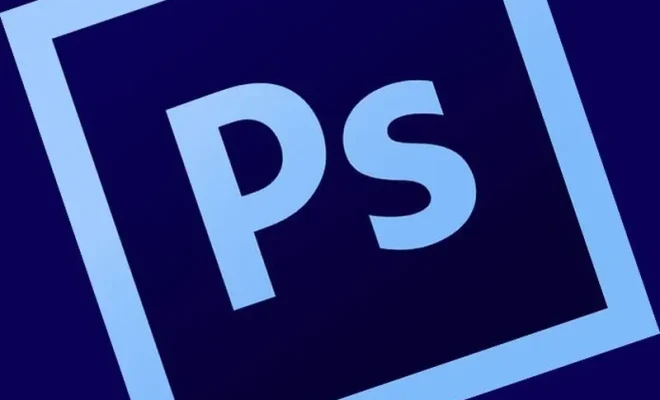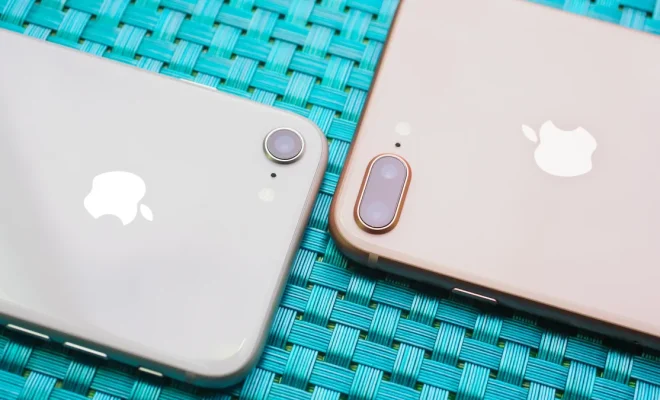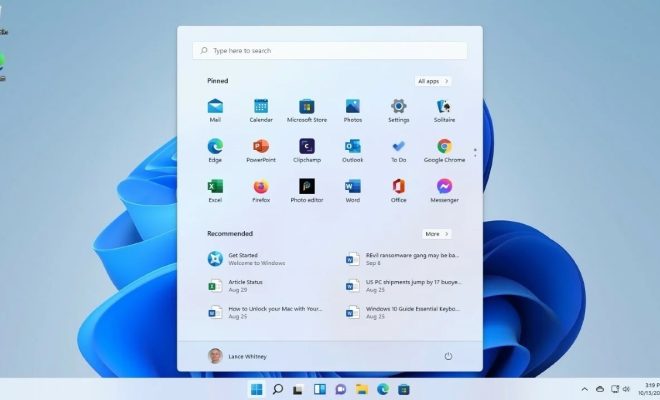What Is a PAT File?

A PAT file is a file extension used by Adobe Photoshop for storing custom patterns. Patterns in Photoshop are used for various purposes, such as filling shapes and backgrounds, applying texture, and creating custom designs. A PAT file contains multiple pattern images that can be used by designers to enhance their creative projects.
PAT files are particularly useful when working with repetitive design elements or textures in Photoshop. These files allow designers to quickly apply patterns to their project without having to manually recreate them each time. For instance, if a designer wants to apply a particular pattern to a design element, they can simply load the PAT file containing that pattern and apply it quickly.
Creating a custom pattern is a straightforward process in Adobe Photoshop. Designers can create a pattern by selecting a portion of the image and tiling it to repeat seamlessly. The pattern can be saved as a PAT file and later used repeatedly in various design projects.
To use a PAT file, users need to load the file into the Photoshop patterns library. Simply navigate to Edit > Presets > Preset Manager, select “Patterns” from the dropdown menu, click on “Load,” locate the PAT file, and then select “Import.” This will automatically add the PAT file patterns to the library, making them available for use in design projects.
PAT files are used extensively in various design industries, including graphic design, print design, textile design, and many others. These files, along with other Adobe Photoshop presets, make designing and creating elements easier and more efficient. With PAT files, designers can create unique and visually appealing designs much faster than if they had to recreate patterns every time.
In conclusion, PAT files are essential for designers looking to create effective and compelling visual designs. These files allow designers to create and save custom patterns that can be used repeatedly in various design projects. Using PAT files can save designers considerable time, enabling them to focus on the more creative aspects of the designing process.





